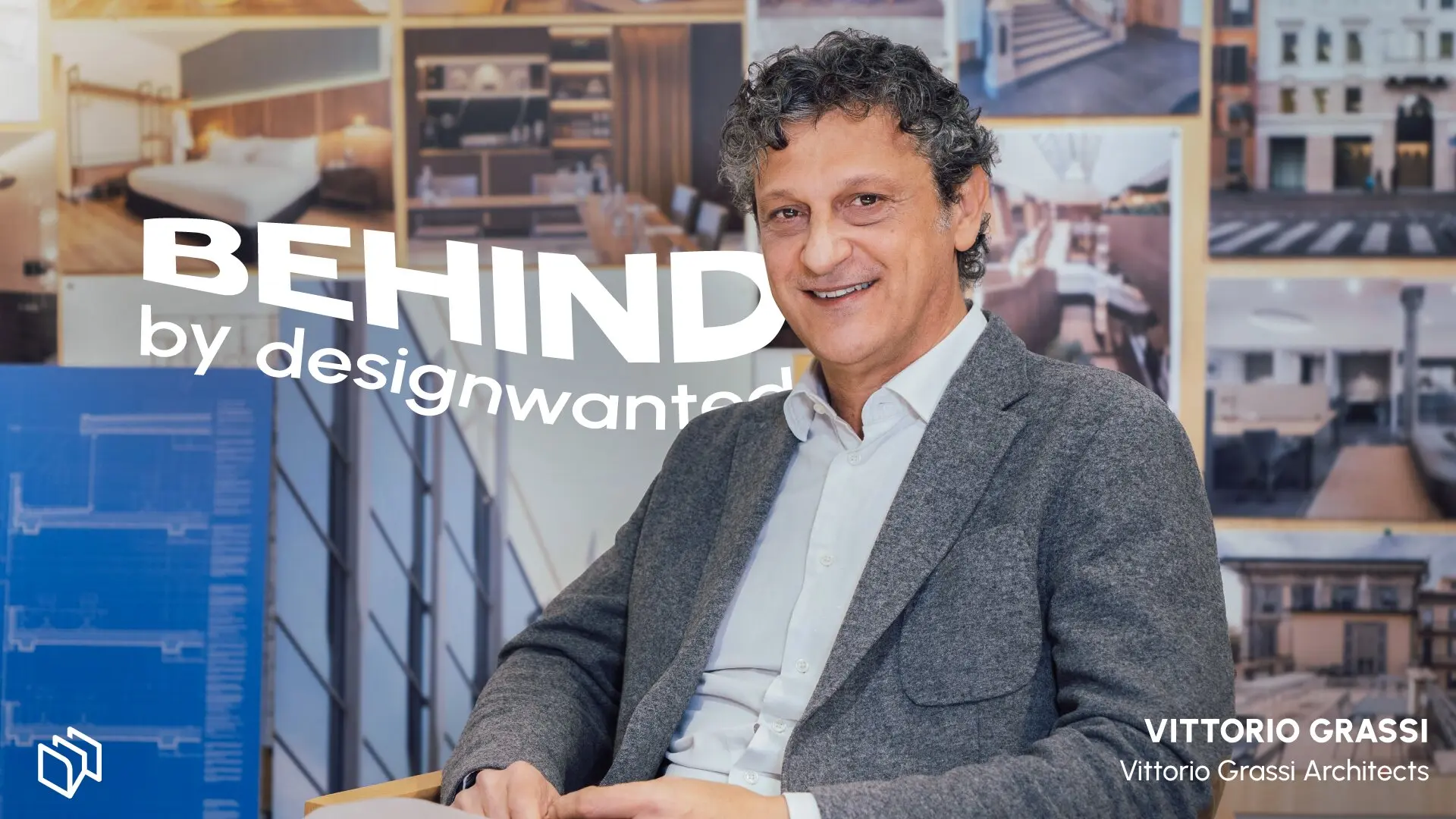
Inside Sara Ricciardi’s Pataspazio: where design meets dialogue
In the heart of Milan, Sara Ricciardi’s studio, Pataspazio, pulses with creative energy, embracing the dynamic alchemy of design. Originally from Campania, Sara Ricciardi, a designer and creative director, has made Milan her professional base, where she and her team create everything from gallery collections and public installations to residential and retail projects. For Ricciardi, a design studio is far more than a workspace—it’s a living, breathing entity shaped by the unique personalities and approaches of each team member.
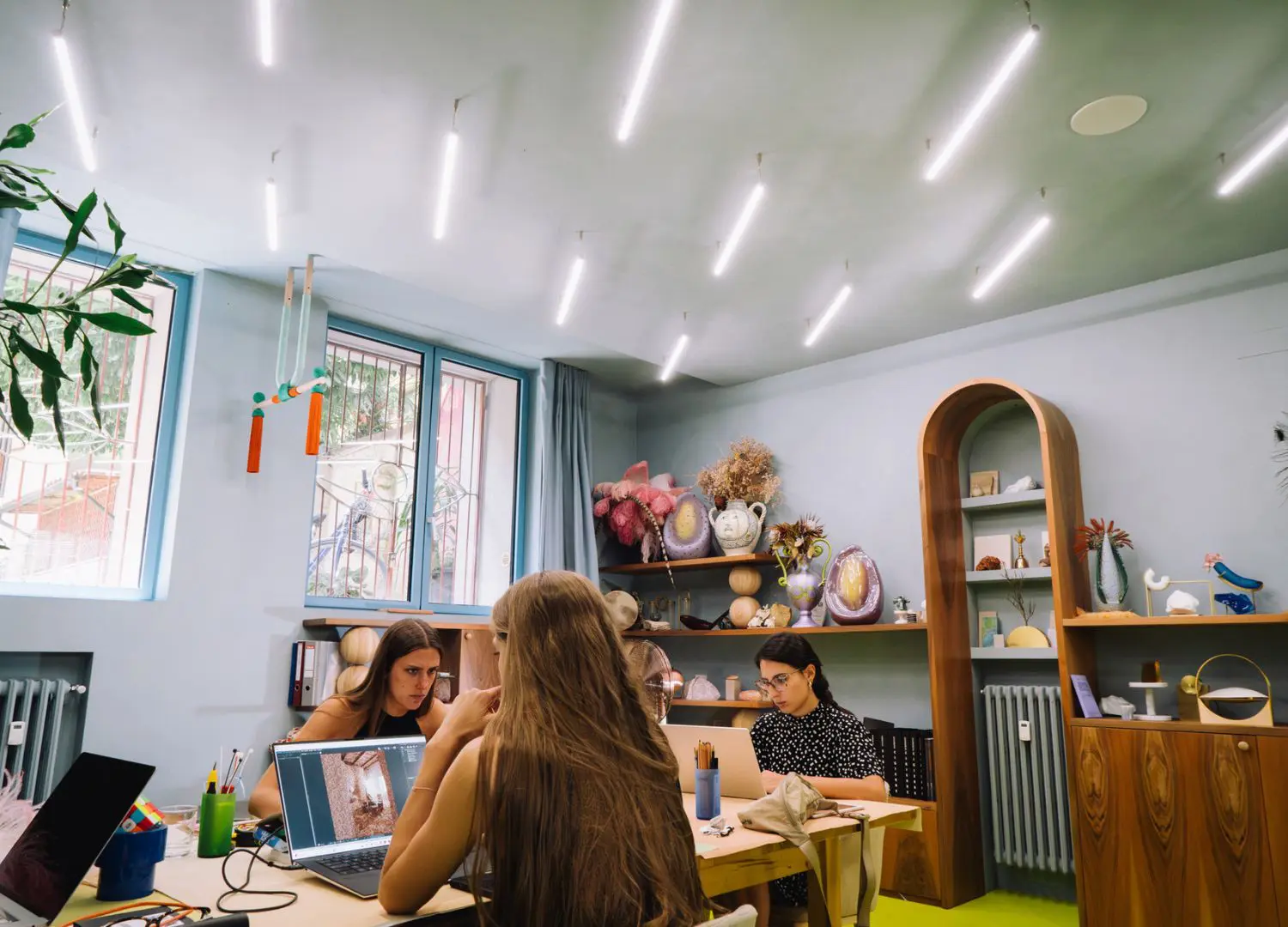
“There’s no fixed rule for maintaining a studio,” Ricciardi explains. “It’s about finding harmony, an alchemy of diverse people and perspectives. A studio is alive because of the individuals who inhabit it, and their personalities are what make it unique.” This philosophy of fluid structure and open exploration permeates the studio’s daily rhythm.
Pataspazio operates on a loose framework: each day, they activate a “to-do list” to keep the focus on immediate tasks while maintaining space for unexpected ideas and spontaneous shifts in direction. For Sara, achieving this balance is essential, as it allows the team to remain both grounded and open to the unknown, encouraging creativity to emerge organically.
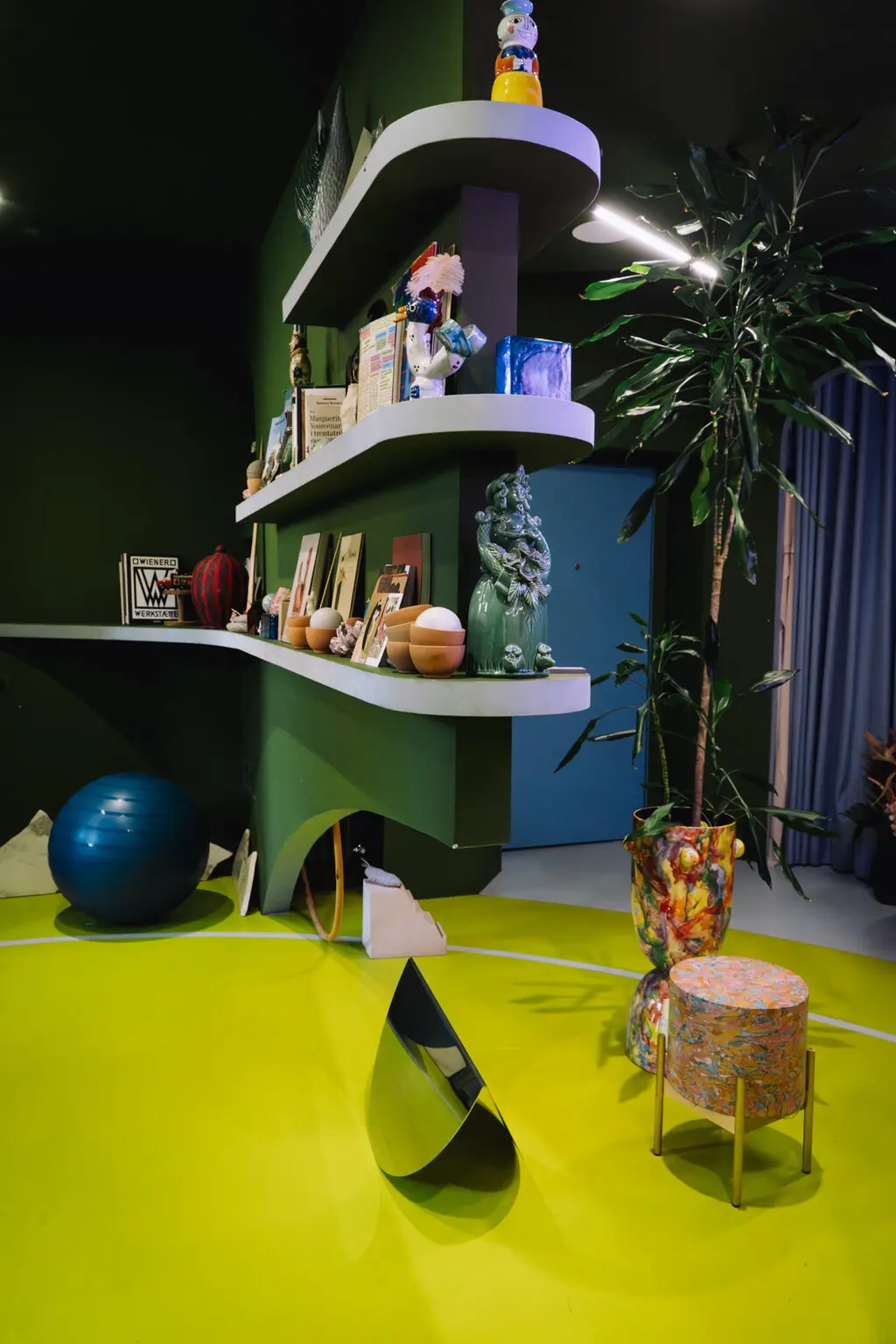
Pataspazio’s commitment to collaboration is evident in every aspect of its approach. Brainstorming sessions become collective exercises in creativity, where ideas are shaped, challenged, and refined by the group.
“It’s like an accordion in motion,” Ricciardi says, describing the team’s elastic, unified workflow. “We’re a single, cohesive body of thinking individuals, each bringing something unique while moving together toward a common goal.”
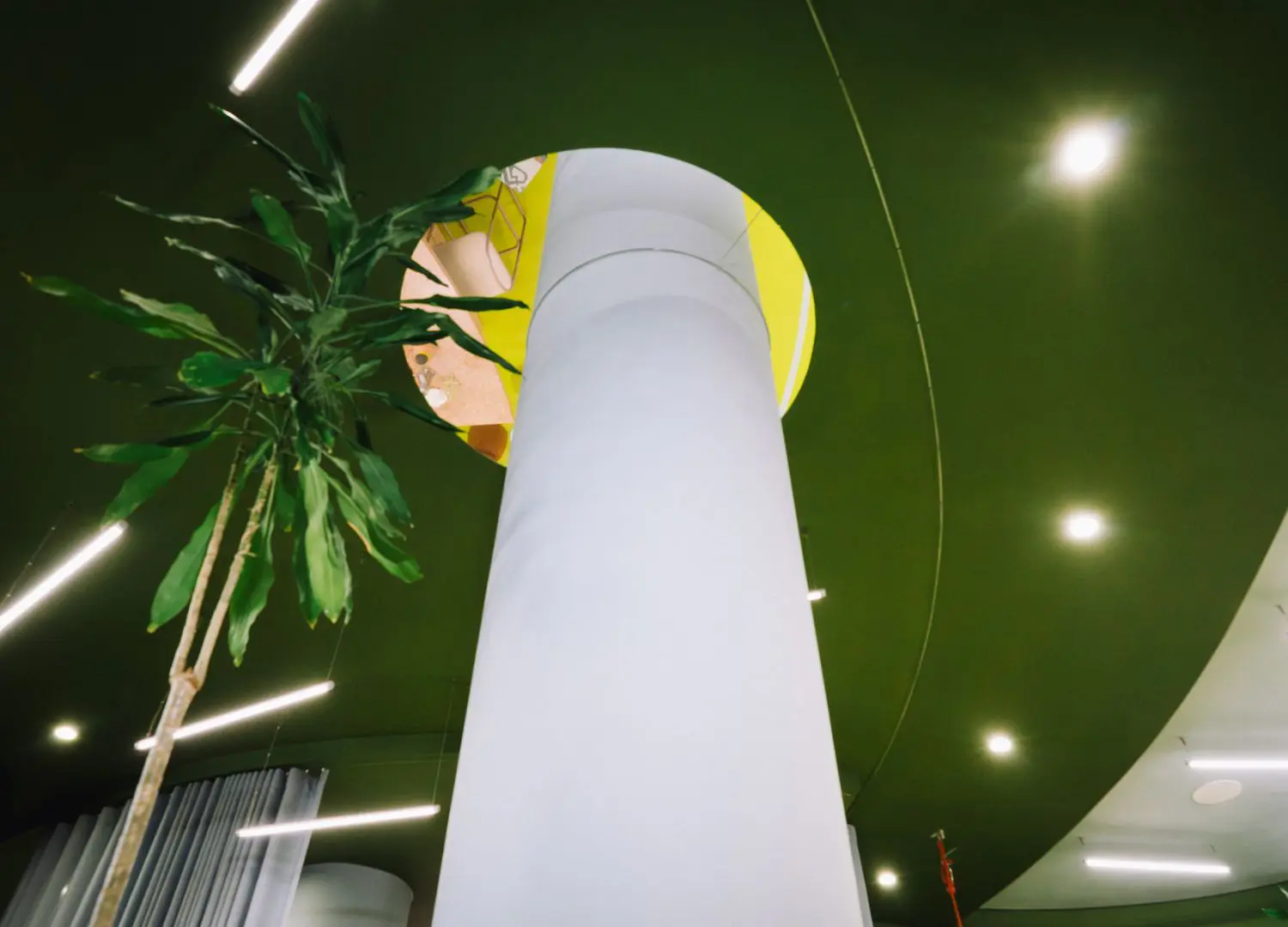
One of the studio’s defining philosophies is “designing relationships”—an approach that transcends traditional design boundaries to focus on creating spaces with a deep sense of connection and interaction.
“If there’s one unifying thread across everything we do,” Sara explains, “it’s our focus on the relationship that will exist between the space and the people who experience it.” This philosophy informs all of Pataspazio’s work, from interior spaces to installations and participatory designs. Each project begins with a focus on the people who will inhabit the space—whether they’re children, elders, or members of a specific community. “We’re very intentional about considering our audience, about understanding who will engage with the space,” she says.
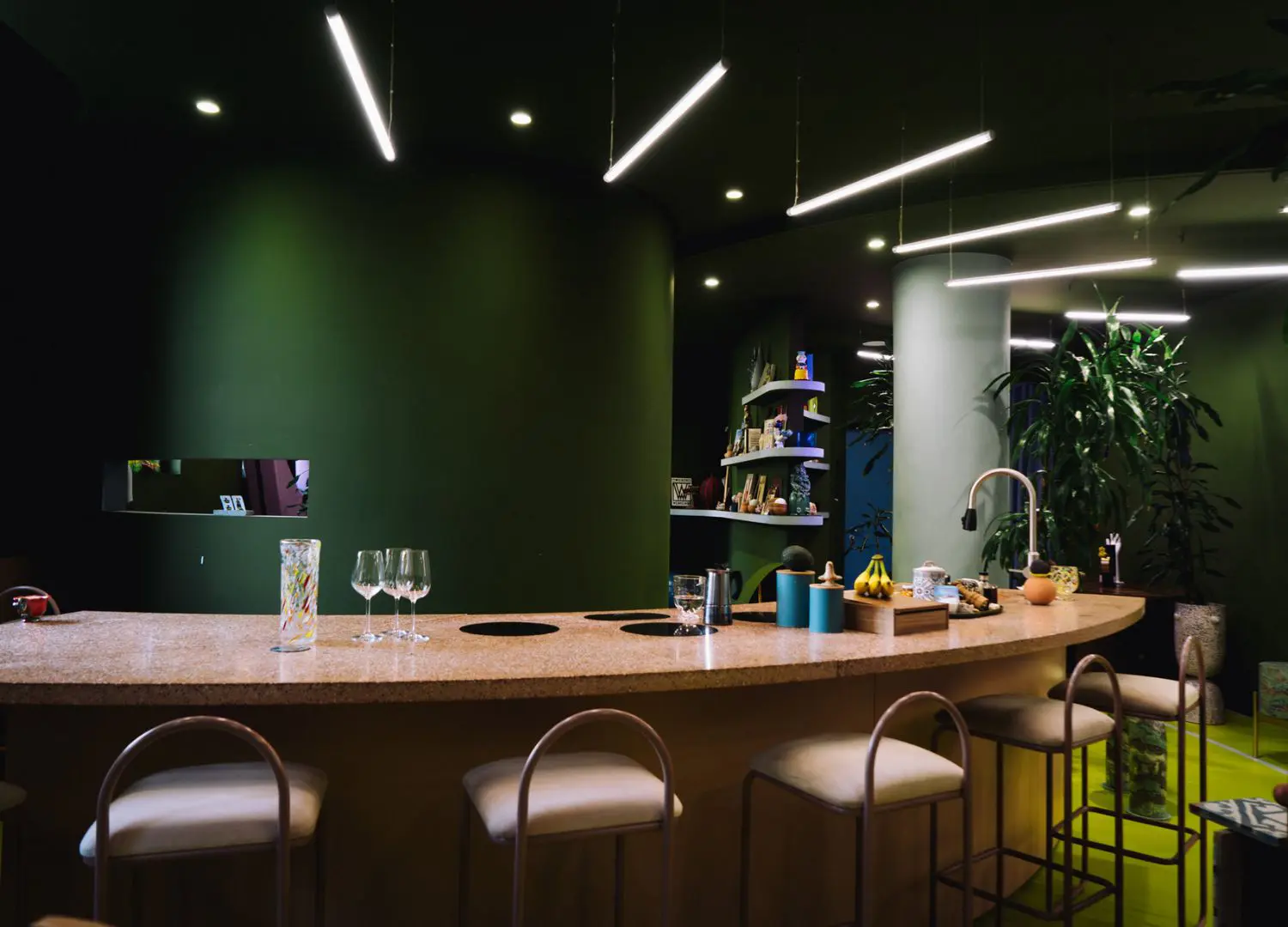
This human-centered approach is evident in recent public installations like Razzle Dazzle and Under the Willow Tree, which were unveiled during Milan’s latest Design Week, as well as in Pataspazio’s educational outreach projects with students in underserved suburban areas. These initiatives reinforce Ricciardi’s belief that design should be accessible and inclusive, reflecting and respecting the unique character of each community.
“Listening is essential,” she insists, “not only to the spaces we’re designing but also to the artisans, craftsmen, and local knowledge that shape each project. Designers are facilitators—we observe and creatively connect the dots to form cohesive and meaningful narratives.”
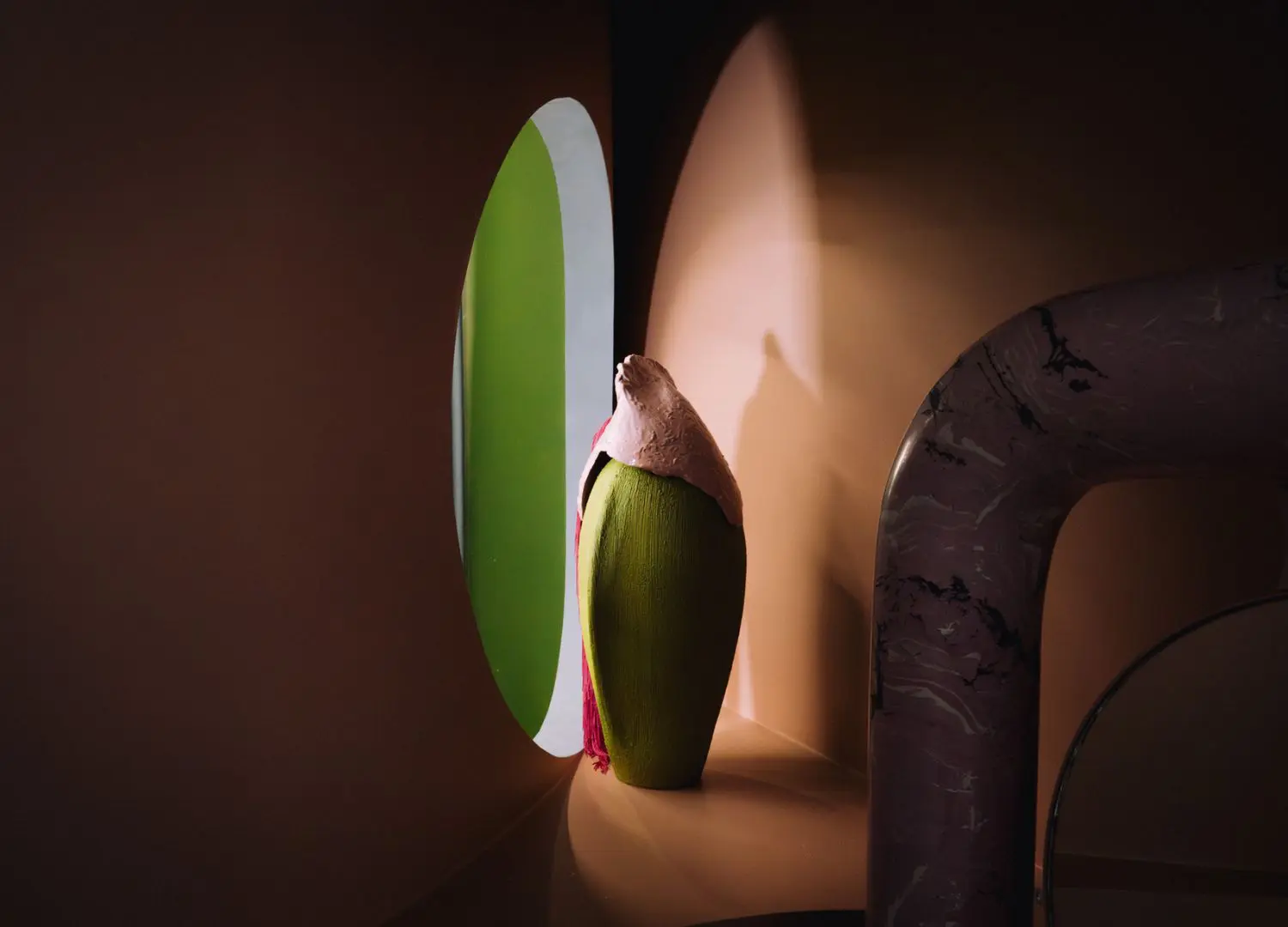
Sara likens this process to a childhood game of joining dots, where connecting each point reveals a complete picture. For her, a designer is someone who transforms familiar elements—whether materials, spaces, or environments—into new forms of understanding and expression.
Just as a child’s game with numbered dots brings a shape to life, Sara and her team use their craft to reshape environments in ways that inspire fresh perspectives. In every project, the goal is to make spaces more adaptable, welcoming, and resonant, expanding their potential to connect with those who encounter them.
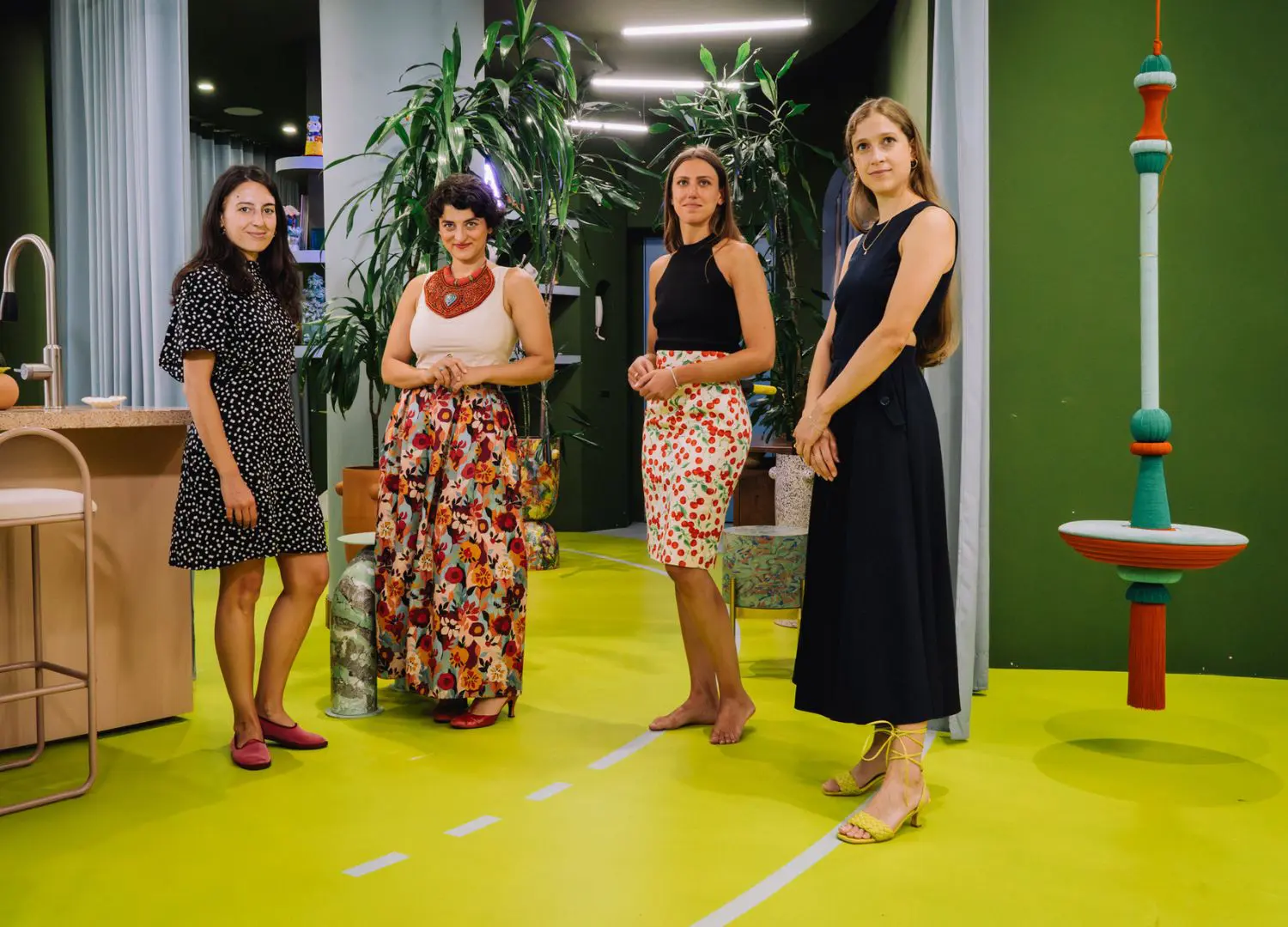
Pataspazio’s work embodies a commitment to designing for the public good, blending artistic innovation with a profound respect for community and context. Through each installation and space they create, they invite people to see design as a bridge, connecting people, places, and ideas in new and transformative ways.


